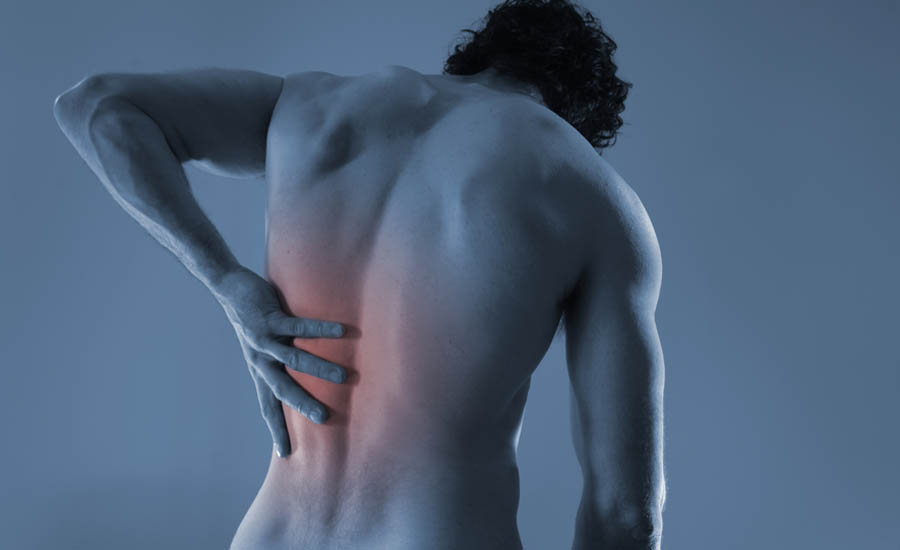By Emily Warner, MA and Jack Lu, PhD, CPE
Before the end of World War II, there was little interest in fitting workplace conditions and job demands to the capabilities of the working population—a scientific practice known as ergonomics. By the 1970s, National Institute for Occupational Safety and Health (NIOSH) researchers were pioneering the study of musculoskeletal health as professional ergonomists, examining physical and social components of work environments (such as conveyer belt height and lunch break routines, respectively) to mitigate musculoskeletal injury risks. The cost of musculoskeletal disorders is a serious health concern to the NIOSH Musculoskeletal Health Cross-Sector Program. Approximately one in three workers’ compensation claims that result in paid time off are related to musculoskeletal disorders (MSDs).1 As part of our observance of National Ergonomics Month, we are posting the first in a year-long series of blogs about musculoskeletal health- related research. The following blogs will focus on a variety of high-risk industries.
NIOSH defines MSDs as soft-tissue injuries caused by sudden or sustained exposure to repetitive motion, force, vibration, and awkward positions. These disorders can affect the muscles, nerves, tendons, joints and cartilage in your upper and lower limbs, neck, and lower back. In the United States and Canada, more people are unable to work due to MSDs than any other group of diseases2. The mission of the NIOSH Musculoskeletal Health Cross-Sector Program is to reduce the burden of work-related musculoskeletal disorders (MSDs) through a focused program of research and prevention that protects workers from MSDs, helps management mitigate related risks and liabilities, and helps practitioners improve the efficacy of workplace interventions. Important NIOSH accomplishments in the area of MSD research are highlighted on the NIOSH Ergonomics Topics page.
One of the most popular products related to NIOSH’s MSD research is the Revised NIOSH Lifting Equation (RNLE), which has been the international standard for assessing risks associated with lifting tasks for more than 20 years. The NIOSH Musculoskeletal Health Cross-Sector Program recently published a free mobile lifting application called NLE Calc, allowing users to quickly calculate manual lifting risks as they occur on the job. NLE Calc uses the composite lifting index (CLI) to calculate manual lifting risks for multiple and complex lifting tasks. Workers, employers, and occupational health professionals can easily download NLE Calc from Apple iTunes or Google Play, type the indicated measurements into the equation, and use the results to help identify ergonomic solutions for reducing the physical stresses associated with manual lifting.
Even with the technology and resources we have today, preventing MSDs in the workplace can be challenging. About 1 in 5 workers in the United States is over the age of 65, so ergonomically comprehensive business solutions often require...Click here to read the rest of the blog post on the NIOSH website.


